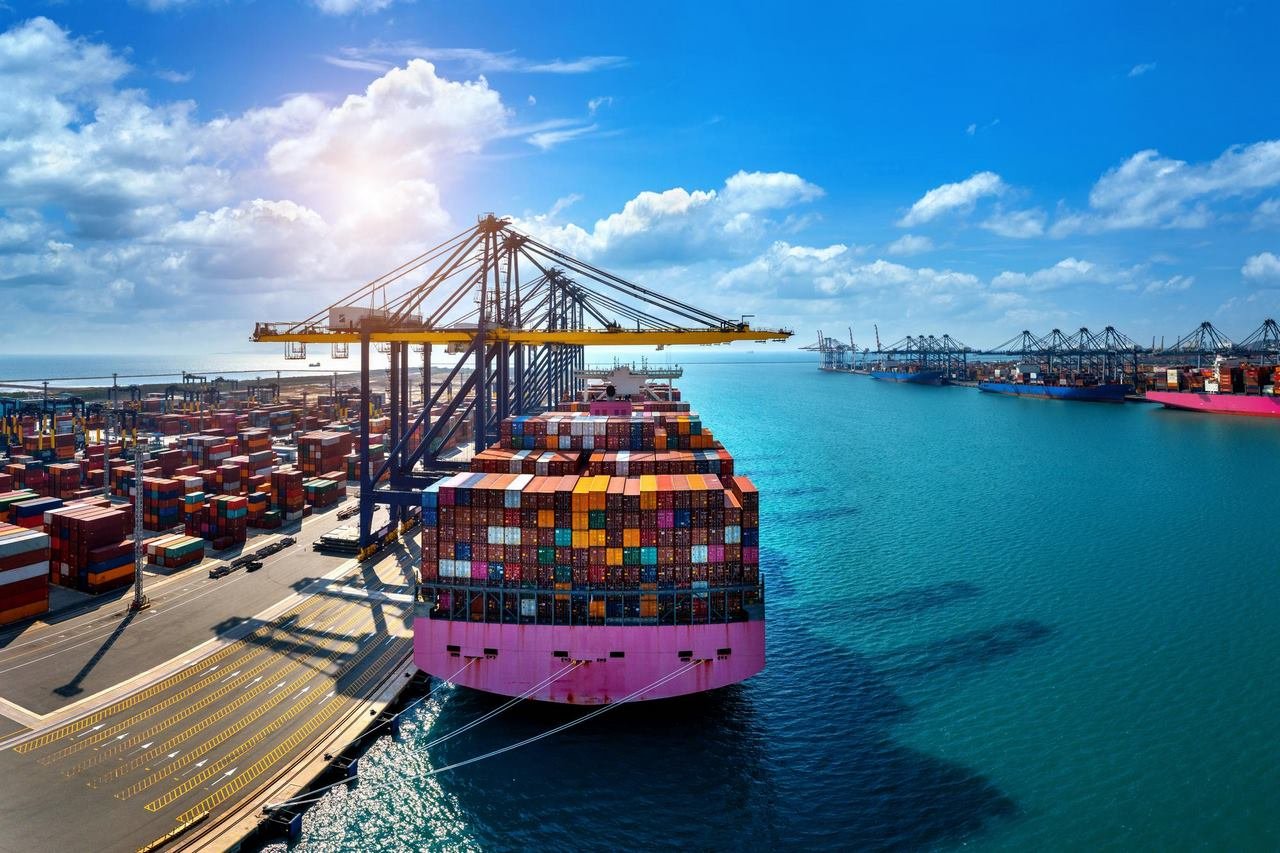When it comes to powering the future, few materials carry as much strategic weight as nickel and cobalt. At Steelbridge Export, we’ve seen firsthand how nickel and cobalt stand out among metals in the modern supply chain—not just for batteries, but within broader zinc, tin, nickel, and cobalt trading ecosystems.
The Role of Nickel & Cobalt in Battery Production and Global Trade
In a world increasingly reliant on renewable energy, electric vehicles, and grid-scale storage, understanding how these metals flow globally—and how they support large infrastructure and Solar Panel Investment initiatives—is crucial for businesses, investors, and industry leaders alike.
Understanding Nickel’s Critical Role in Battery Chemistry
Nickel plays a pivotal role in battery cathode composition, especially in nickel-cobalt-manganese (NCM) and nickel-cobalt-aluminum (NCA) lithium-ion batteries. Higher nickel content improves energy density, extending EV driving range and enabling more efficient energy storage. This makes nickel a critical focus within the broader spectrum of zinc, tin, nickel, and cobalt trading.
As demand for high-performance lithium-ion batteries accelerates, so too does the global appetite for nickel. Businesses tracking zinc, tin, nickel, and cobalt trading aren’t just responding to historical trade volumes—they’re placing strategic bets on battery-demand growth, electrified transport, and clean energy grids.
Cobalt: The Stabilizer in Battery Cells
Where nickel brings energy density, cobalt adds stability and safety. By reducing voltage instability and extending lifespan, cobalt-rich cells maintain their performance across charge cycles. This makes cobalt indispensable in battery manufacturing and a linchpin within zinc, tin, nickel, and cobalt trading flows.
Cobalt is also key to many Solar Panel Investment strategies that emphasize paired storage solutions. Solar farms complemented by battery systems—including nickel-cobalt-heavy chemistries—benefit from enhanced reliability and ability to deliver power on demand, making the case for strategic cobalt sourcing even stronger.
Global Production and Supply Chain Highlights
Major nickel and cobalt mining operations are concentrated in specific regions. Indonesia, the Philippines, and Russia lead nickel output, while the Democratic Republic of Congo (DRC) supplies over half of the world’s mined cobalt. These geographic concentrations shape risk landscapes and geopolitical calculations within zinc, tin, nickel, and cobalt trading partnerships.
Supply chain vulnerabilities—such as regulatory changes, labor disputes, or export restrictions—can ripple through global battery production and Solar Panel Investment financing. Savvy trading and procurement teams, including those at Steelbridge Export, have adapted by developing sourcing strategies that span multiple countries, encouraging recycling, and embracing long-term offtake agreements to enhance price stability.
Refining and Processing: Where Value Is Added
Mining nickel and cobalt is only the first step. Extracted ores must be refined into battery-grade materials via complex processes, often in China, South Korea, or Finland. These facilities produce nickel sulfate, cobalt carbonate, or cobalt sulfate—critical feedstocks for battery cell makers.
This upstream supply chain complexity ties closely to zinc, tin, nickel, and cobalt trading, as raw material traders manage cross-border flows from mine to plant. Control over refining pipelines ensures companies can meet high standards in battery chemistry—a key requirement for inclusion in Solar Panel Investment projects combining storage and generation.
Environmental and Social Considerations
Environmental and ethical concerns often accompany nickel and cobalt extraction. Deforestation, mining pollution, and labor practices—especially in the DRC—are increasingly scrutinized by investors, regulators, and consumers. As such, traceability, ESG certification, and conflict-free sourcing have become non-negotiable expectations within zinc, tin, nickel, and cobalt trading frameworks.
Companies partnering on Solar Panel Investment would also prefer battery systems certified to global ESG standards. Transparent sourcing increases trust, smooths financing options, and enables smoother integration with solar infrastructure.
Recycling: Closing the Battery Loop
Rising battery production has ignited growth in the battery recycling sector—shredding old EV packs and extracting nickel and cobalt for reuse. While recycling channels remain nascent in many regions, they are gaining policy support and investment.
Recycled nickel and cobalt help stabilize zinc, tin, nickel, and cobalt trading markets by lowering dependence on virgin mining sources. For end-users investing in solar-plus-storage systems, recycled materials also offer cost advantages and reduce the environmental footprint of battery production.
Battery Trade Routes and Global Hubs
Just as metals move from mine to mill, battery components follow defined routes. Sulfate shipments often transit Southeast Asian ports, while cobalt powders flow from African mines to European refineries.
Governments worldwide—including those backing Solar Panel Investment projects—have begun streamlining import procedures for battery materials. This trend supports regional battery cell plants, EV ecosystems, and industrial-grade storage systems.
Those engaged in zinc, tin, nickel, and cobalt trading are mapping these logistics corridors, optimizing shipping lanes, and forming joint ventures to control flow reliability and reduce cycle times.
Pricing Dynamics and Market Forecasts
Nickel and cobalt markets are notoriously cyclical. Nickel prices react to stainless steel demand, battery uptake, and production quotas, while cobalt is sensitive to mining output and EV market trends. This volatility is part of zinc, tin, nickel, and cobalt trading risk modeling.
Analysts suggest nickel demand could double by 2030 due to energy storage and EVs. Similarly, cobalt remains critical for battery performance—yesterday’s niche metal is now part of mainstream Solar Panel Investment strategies. Prudent traders hedge across futures and spot markets while securing long-term supply deals to balance exposure.
Investment and Financing Considerations
Major investors supporting Solar Panel Investment and clean infrastructure increasingly demand transparent battery supply chains. Nickel and cobalt often underpin financing structures like green bonds, as their supply dynamics impact project viability.
Exporters and traders in zinc, tin, nickel, and cobalt trading build credibility by offering traceability, ESG-compliant mining, and delivery assurance. This shapes credit risk models, underwriter confidence, and investment terms.
Emerging Trends: Solid-State and Alternative Chemistries
The battery world continues to evolve. Emerging chemistries—like nickel-rich NMC 811, lithium-sulfur, and solid-state batteries—promise greater energy density and lower costs. These innovations could shift the zinc, tin, nickel, and cobalt trading landscape by rotating demand toward nickel or away from cobalt.
For stakeholders in Solar Panel Investment combined with storage, remaining agile and tracking R&D is essential to future-proof long-term sourcing strategies.
How Traders Can Stay Ahead
To maximize competitiveness in zinc, tin, nickel, and cobalt trading, consider:
Diversifying supply: Blend mine, refinery, and recycled origins.
Securing long-term contracts: Stabilize pricing and supply.
Tracking ESG compliance: Maintain certifications and visibility.
Monitoring price and trade flows: React to macroeconomic signals.
Collaborating across sectors: Align with EV and solar infrastructure initiatives.
These strategies manage risk and facilitate deeper relationships with battery, grid, and cleantech industries.
Why Steelbridge Export Stands Out
At Steelbridge Export, we leverage decades of commodity trading expertise to navigate nickel and cobalt complexities—and to coordinate complete material ecosystems spanning zinc, tin, nickel, and cobalt trading flows. Our services include logistics, risk hedging, compliance auditing, and supplier matchmaking—all tailored to support global supply chains, including those tied to Solar Panel Investment projects.
The Road Ahead for Nickel & Cobalt
As the world transitions to electrified transport and decarbonized grids, nickel and cobalt will remain foundational metals. Together with zinc and tin, they comprise a suite of essential resources powering battery production and industrial growth.
For suppliers, traders, and investors engaged in zinc, tin, nickel, and cobalt trading, success hinges on foresight, adaptability, and ethical sourcing. Partnering with integrated teams like Steelbridge Export offers the agility to navigate evolving markets and reinforce battery-based infrastructure investments. The path to a cleaner, electrified world depends on strong and transparent supply chains.
For further analysis, global trade insights, and sourcing data, visit yenisana.com
Frequently Asked Questions (FAQs)
- 1. Why are nickel and cobalt critical metals in battery production?
Nickel enhances energy density and extends driving range in lithium-ion batteries, while cobalt stabilizes voltage and improves battery safety and lifespan. Together, they are essential components in high-performance EV batteries and grid storage systems. - 2. What are the main challenges in the global supply chain for nickel and cobalt?
Concentrated mining regions, geopolitical risks, export restrictions, environmental concerns, and labor practices pose supply vulnerabilities. Strategic sourcing, diversification, and ESG compliance are key to mitigating these risks. - 3. How does recycling impact nickel and cobalt supply and market stability?
Battery recycling helps recover nickel and cobalt from used EV batteries, reducing reliance on virgin mining, lowering costs, and supporting sustainability goals. Recycling growth is vital to stabilizing metal markets and meeting rising demand. - 4. What role does Steelbridge Export play in nickel, cobalt, and related metal trading?
Steelbridge Export provides end-to-end commodity trading services including logistics, quality assurance, risk hedging, supplier verification, and compliance auditing, tailored to support global supply chains linked to battery and solar panel investment projects. - 5. How are emerging battery chemistries expected to affect nickel and cobalt demand?
Advances like nickel-rich NMC 811 and solid-state batteries may increase nickel demand while potentially reducing cobalt use. Staying updated on R&D trends is essential for trading strategies and supply chain planning in evolving battery markets.









2 Comments
[…] more: The Role of Nickel & Cobalt in Battery Production and Global Trade […]
[…] Related articles : The Role of Nickel & Cobalt in Battery Production and Global Trade […]